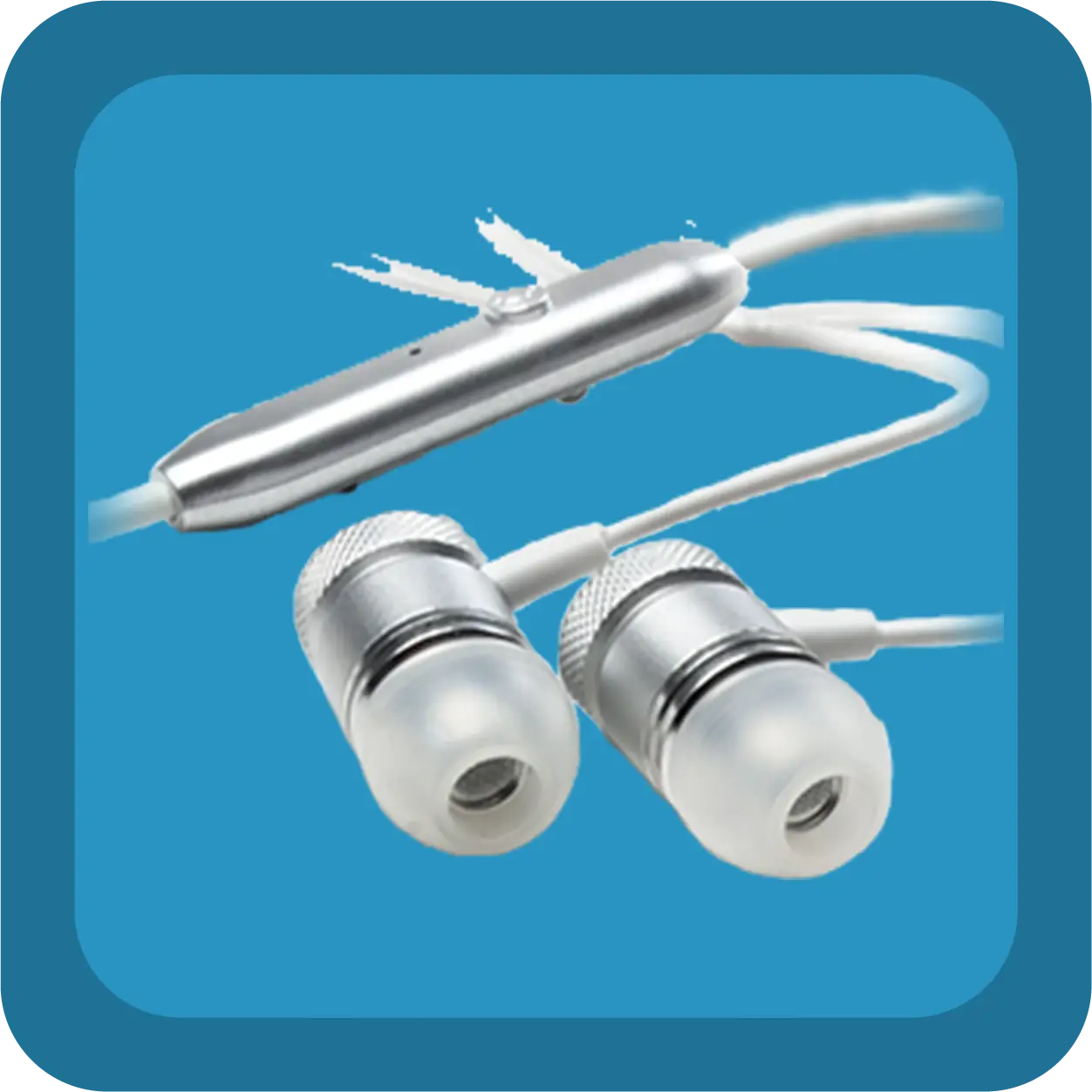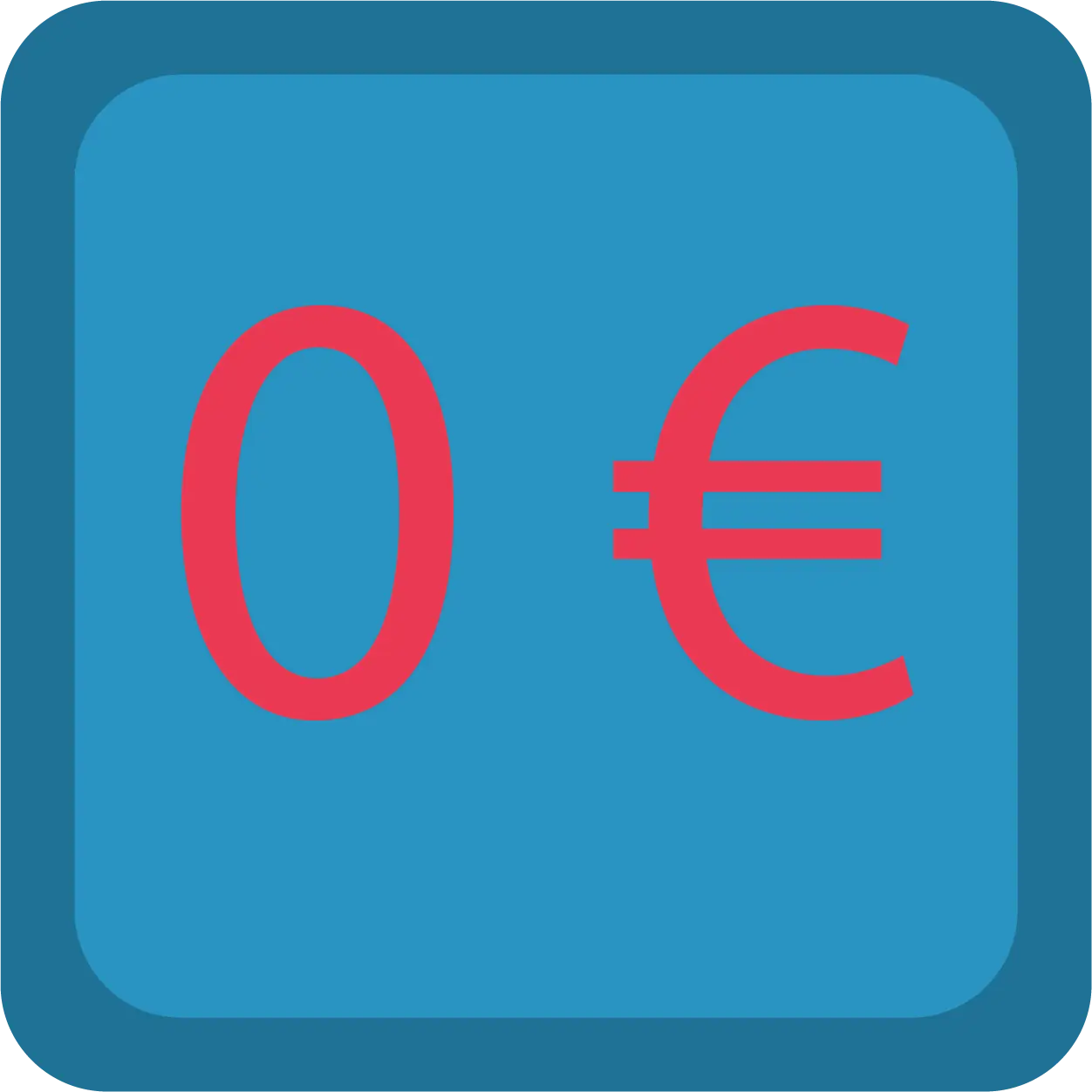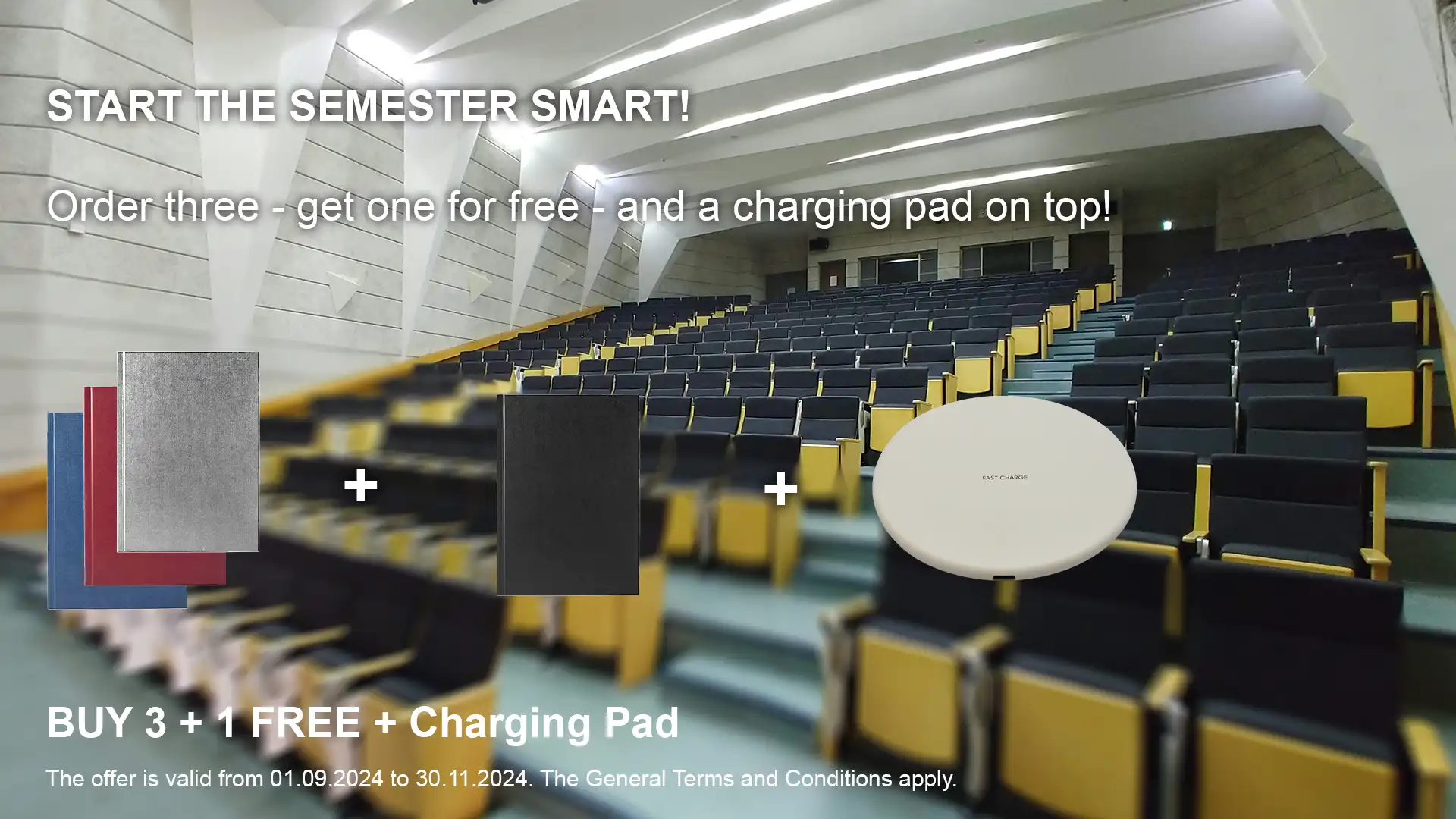The 5 phases of narrative interviews – Explained step by step
Master the art of narrative interviewing. Walk easily through each step of narrative interviews – in just 6 minutes. All essentials at a glance. Totally free of charge. Watch right away!
Welcome to the tutorial “The ins and outs of narrative interviews – At a glance“. The narrative interview is an interdisciplinary qualitative research method. It is used in the social sciences as well as in historical research. This form of qualitative interview is particularly suitable when it comes to collecting life stories and biographical data. However, anyone who wants to conduct a narrative interview successfully must first familiarize themselves precisely with the procedure. The good news is that you don't have to read a ton of literature. In this tutorial, you'll learn all the essential information in a short and easy-to-understand summary. Are you ready? Let's go!
Understanding narrative interviews
Let's start with some basic background information. What is a narrative interview all about? Narrative interviews pursue the purpose of collecting data that allow conclusions to be drawn about actual events in their temporal context. In other words, the subjective experiences recounted are used to relate them to events that occurred at a particular point in history and in a particular place. Thus, narrative interviews often serve to reconstruct historical topics such as the division of Germany or the fall of the Berlin Wall from the perspective of the present. In contrast to quantitative research, however, the results of narrative interviews are generally not used to test existing theories, but rather to better understand the course of events and to inductively form new hypotheses based on the accounts of experiences.
As an unstructured, non-standardized qualitative interview, the narrative interview enjoys great flexibility. It is typically conducted neither with a pre-structured guide nor with a questionnaire and does not follow the regular question-answer scheme. Questions are asked in a largely open-ended manner, and in a way that encourages the respondent to tell stories freely.
Narrative interviews can be conducted as individual interviews as well as with pairs or in groups. Variants of the narrative interview are the focused interview and the ethnographic interview. While in the focused interview a fixed interview subject provides the impetus for the largely free narrative of the interviewee, in the ethnographic interview the expectation of the interviewee is as open as possible. Unlike in the narrative interview, the conversations in the latter two interview forms are more structured. In addition, these variants also allow a deductive procedure, insofar as a theoretical pre-understanding can form the starting point.
The group of interviewees includes all persons who are competent enough to tell their life story in a narrative. Persons with low narrative competence, such as children and certain groups of adolescents, are therefore not eligible usually. However, in the case of persons who are used to reconstructing their lives narratively due to their profession or due to therapeutic experience, it must be taken into account that the narrative tends to be less spontaneous.
What are the phases of narrative interviews?
Now that you have a basic idea of what a narrative interview is, let's turn to the actual process. Every narrative interview is divided into five phases: Explanation phase, Opening phase, Narrative phase, Inquiry phase, and Rounding-off phase.
In the explanation phase, as the name suggests, you explain the interview process to your interviewee. You make them aware that the interview will not follow the usual question-answer pattern, but that it is about letting them talk freely and undisturbed about their life. In addition, since a consent form is required to conduct the interview, you will advise the respondent of the option to have his or her name anonymized if necessary.
At the beginning of the opening phase, you give the interviewee the direction of the conversation by explaining what you are working on or which aspect is particularly relevant for your research.
At the end of the phase, you start the interview with a conversation stimulus. You ask the interviewee to talk about memories, stories or experiences. In this context, you ask the opening question, which should be open-ended enough for the interviewee to decide for themselves how to begin their narrative.
Ideally, the narrative phase consists of a spontaneous narration by the interviewee, which continues until the interviewee finishes it. Your task here is to record what is said, to listen carefully, to take notes, not to interrupt the narrative process and, if necessary, to answer intermediate questions. You should also allow longer pauses to avoid steering the conversation. Promote communication by always signaling your interest in the narrative through nods and affirmative utterances.
The inquiry phase begins as soon as the interviewee indicates the end with a so-called narrative coda such as "That's it". Then the time has come for you to ask the interviewee questions. In this context, a distinction is made between so-called immanent questions and exmanent questions.
Immanent questions refer to what has been said so far and are intended to trigger further narratives. They serve to deepen certain aspects and to address untouched aspects and areas.
Exmanent questions are related to the research interest. The goal is to get the respondent to take a stand and theorize what has been said, whether in the form of opinions, evaluations, assessments, attempts at interpretation, or justifications. In addition, they can be used to address inconsistencies, conflicts or anomalies.
The rounding-off phase marks the end of the interview. Here you have the opportunity to summarize the course of the interview with the interviewee and to exchange impressions. You can also ask a final open-ended question in the process, asking the interviewee if there is anything else they would like to contribute in conclusion.
Finally, thank the interviewee for participating in the interview and turn off the recorder.
Need to print and bind your thesis?
Order conveniently online now. At thesis.me you will benefit from brilliantly low prices, super fast processing and many other top services:
✔ Standardized & creative paper and binding options
✔ 3D preview with innovative look-inside-the-book option
✔ Optional book publication with ISBN number
✔ Variety of vouchers & coupons to save money
✔ Free shipping to your home or university
✔ Free guides on studying & doing a doctorate
✔ and much more.






